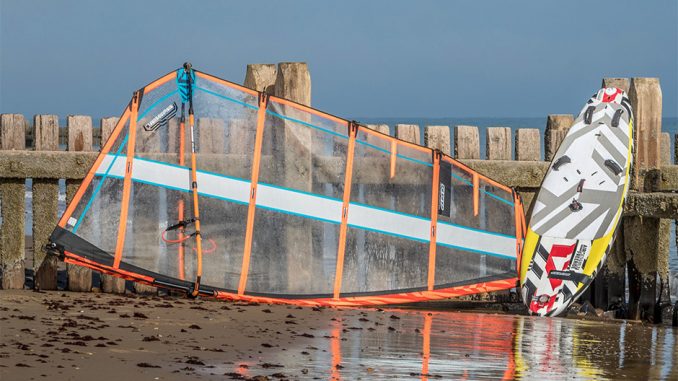
Words: Windsurfing UK
Pics: Windsurfing UK, Dave White

A planing inflatable windsurfing board? Who’d a thought it? Blow up technology isn’t a new thing, as many will no doubt be aware. Our stand up paddle boarding brethren have been enjoying this type of craft for a while. Within SUP, blow ups are the most popular types of vehicle – at least within Europe. And inflatable windSUP machines have been gaining popularity as stand up matures. It was then only a matter of time before the same technology crossed over to windsurfing and was improved upon.
RRD weren’t the first brand to introduce an inflatable planing windsurfing board but they’re certainly running with the concept. At the time of writing, the bods in Italy have a speed board in production which John Skye has been showcasing, having nailed a run of 34.8 knots. And we hear on the grapevine there’s a wave board in the pipeline – stay tuned for that!
How it works
When you first unroll RRD’s Airwindsurfing Freeride board there are a few things that immediately jump out. Running roughly two thirds of the way along the underside’s rail is a hard, rubberised release edge. This is what helps the board plane.
Moving further towards the rear, its Tuttle fin box is impressive. A lot of work has been put into making sure it’s secure and that it can take the loads and forces that will be placed upon it. Supplied with a 42cm ‘proper’ fin, it fits neatly into its slot and doesn’t budge. Even before riders hit the water, you get the impression that your experience is going to be a good one.
Other design traits of note are the foot straps. Double Velcro loops through a choice of two embedded D-rings (inboard and outboard) sunk into the RRD’s deck. At first we were sceptical but they definitely work – and not having to faff around with screws is a nice touch. Finally you have a UJ insert fixed in place underneath the footpad. It’s secure and doesn’t move, even when fully powered up on the water riding over chop.
Inflation is standard procedure, with the supplied pump easily getting the RRD up to its maximum PSI of 18. As with SUP pumps, there’s a gauge to measure your air input and you can switch from dual action to single action.
Rigidity
At this point you’re probably asking yourself about the Airwindsurf Freeride’s rigidity, which we also questioned. If you’ve had any experience of windSUP, on inflatable SUP boards with rig attachments, then you’ll know the feeling of riding on air. It’s not always the most efficient – even with maximum air pressure.
The RRD, in contrast, is super stiff. Utilising three Sandwich Dyneema Belt Stringers (SBS) that run nose to tail, the Airwindsurf Freeride doesn’t scrimp on rigidity and is right at the top of its game in terms of stiffness. It’d be difficult to find any other inflatable board more so.
Volume of the RRD is 150L, with 80cm of width making it applicable to all types of rider – beginner to advanced blaster looking for light wind fun.
The rig
As well as the Airwindsurf Freeride, we also got to play with RRD’s complimentary, compact rig package. Coming in a neat backpack with five piece RDM mast, three piece boom, foldable and rolled 7m sail, mast base and UJ it’s a funky looking piece of gear optimised for use with the inflatable board.
Slotting the mast together is a doddle, each piece colour coded to make sure you are fitting it together correctly. The sail folds in half, utilising a Dacron strip – running head to foot – and having splitable battens that are easy to tension with a webbing strap protruding from the sail’s leach. Having put the rods together, it’s a case of literally pushing shape into the sail to get it set correctly. A supplied, optimised mast foot ensures the correct amount of downhaul is applied.
A three piece boom, that comes apart and also fits inside the compact bag, is the finishing touch. Connecting using double pin locking mechanism, it’s a swift and easy process to attach the outhaul and get ready for the blasting.
Both the board and rig are clever designs, with much thought put into them as products. The sail itself is quite a ‘squashed’ looking affair. It doesn’t require too much downhaul or outhaul and is super quick to get set up, with the board simply needing its fin and mast foot attaching. Riders will need to source their own harness lines though, which shouldn’t be a hassle.
On the water
During testing we got loads of interest from those on the beach. After all, a planing inflatable windsurfing board? Right, doesn’t fit with most sailor’s thinking. And yet, it works. And works well. The level of intrigue, however, was high.
Getting up on the plane is a swift enough process. There’s a small amount of delay, when compared to a hard shell windsurfing board. The PVC material used for most inflatable boards is slightly ‘sticky’ but with a degree of teasing (pumping) it does release. To help, the accompanying 7m sail is pretty grunty, with lots of bottom end oomph. We found the provided boom a tad soft if we’re honest. But that’s something you quickly get over. Before long you’ll be zooming backwards and forwards with the rest of them.
We got chance to try RRD’s Airwindsurf Freeride board and rig combo across a wide variety of conditions. Even in pretty windy weather (25+ knots) the whole package was easy to handle and composed. That superb fin box made it easy to lock the board down and track beautifully. Upwind was no issue and the 7m rig reacted pretty well to gusts and directional changes – sailing broad or pinching were efficient and fulfilling. The RRD Airwindsurf Freeride also eats chop and flotsam for breakfast. The very nature of it being an air filled board ensures it’s a cushioned ride that feels easy going.
Manoeuvres
With moves, we weren’t sure what to expect… Making a few tentative tacks yielded good results. When windSUPing, the nature of inflatables being ‘bouncy’ can be unnerving for those still getting to grips with windsurfing fundamentals. RRD’s inflatable, in contrast, doesn’t give anywhere near as much ‘play’, allowing riders to complete a more efficient upwind turn. Care should be taken, however, when pulling on the sail’s power for the new tack. There’s a lot of forward grunt in the sail and if riders aren’t adopting a dymanic, low down exit position then it may be in the drink you go.
Gybing – at least with planing speed – needs to be approached with subtlety. It’s no good stamping on the rail and trying to crank the RRD round. Because the hard release rail is only a strip running along the underside, there’s nothing to bite into the water when banked right over. Instead riders will need to bear away, keeping the board flat, only slightly railing the board through the last section of the turn. In fact, this is actually a good way to ensure a planing exit – which is certainly doable – as competent carve gybers will be aware.
Final thoughts
So are we likely to see inflatable performance windy boards springing up on UK beaches moving forwards? Yes! We think so. For many, windsurfing kit is cumbersome, requiring space for storage and transport to get equipment and riders to the water. With RRD’s Airwindsurf Freeride inflatable windsurfing board and compact 7m rig, these issues are all but eradicated. And then there’s the travel element…
In this day and age it’s increasingly difficult to fly abroad with windsurfing gear. RRD’s inflatable offers riders a much easier journey. Both rig and board are light enough when packed down to have other paraphernalia (such as clothes) stuffed inside, making trips with windy kit much more appealing.
Beginners could learn to windsurf on the RRD – families will find it a smile-inducing platform to play around on. It might be wise to purchase a second, shorter fin if this is a requirement but there’s no denying your regular quiver of sails will all work with the Airwindsurf Freeride, switching back to the Airwindsurf 7m rig if sailors fancy a bit of freeride cruising and/or speed.
The inflatable performance windsurfing revolution cometh…
Price:
Airwindsurf Freeride – £1.149
Airwindsurf Rig 73 MK1 – £1.019
Info:
www.robertoriccidesigns.com/equipment/shop/airwindsurf-freeride/

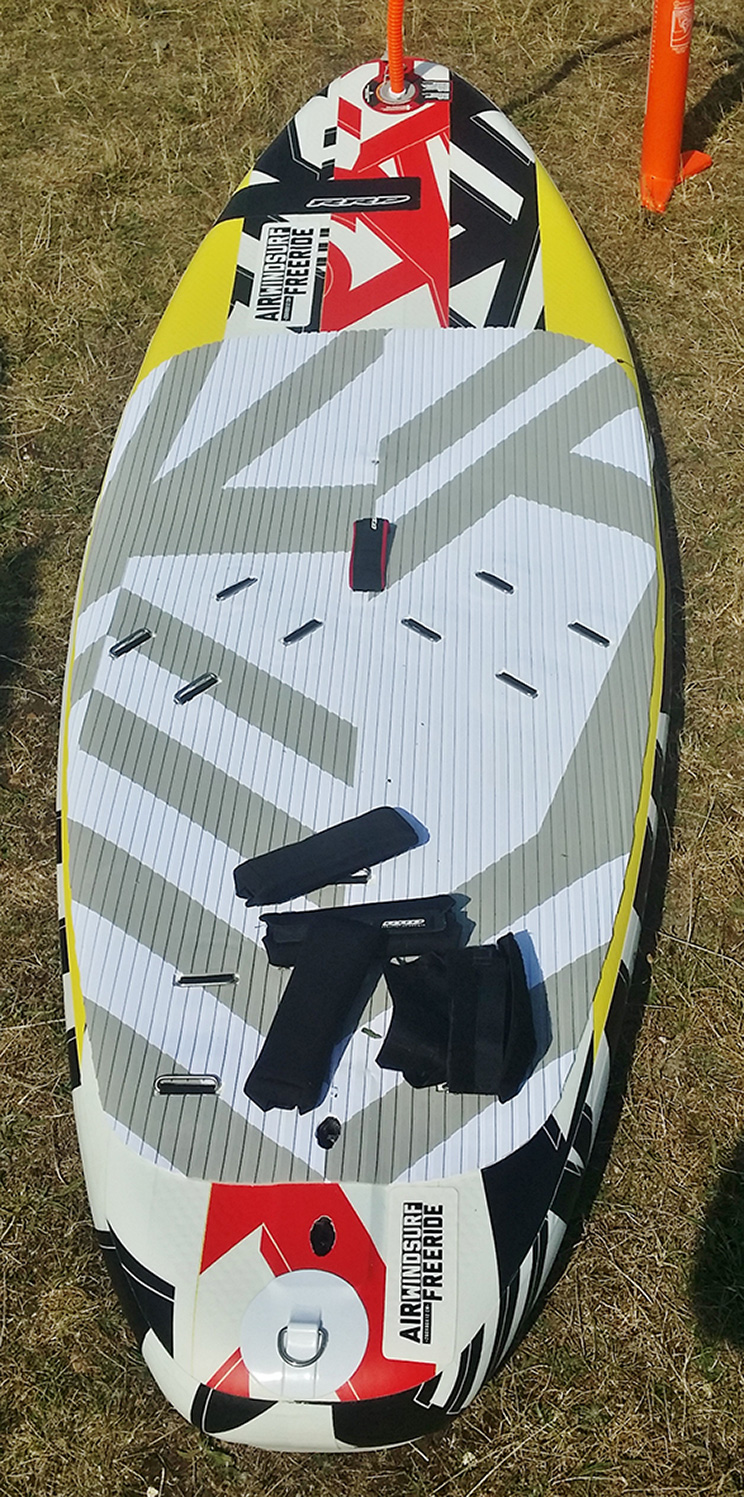
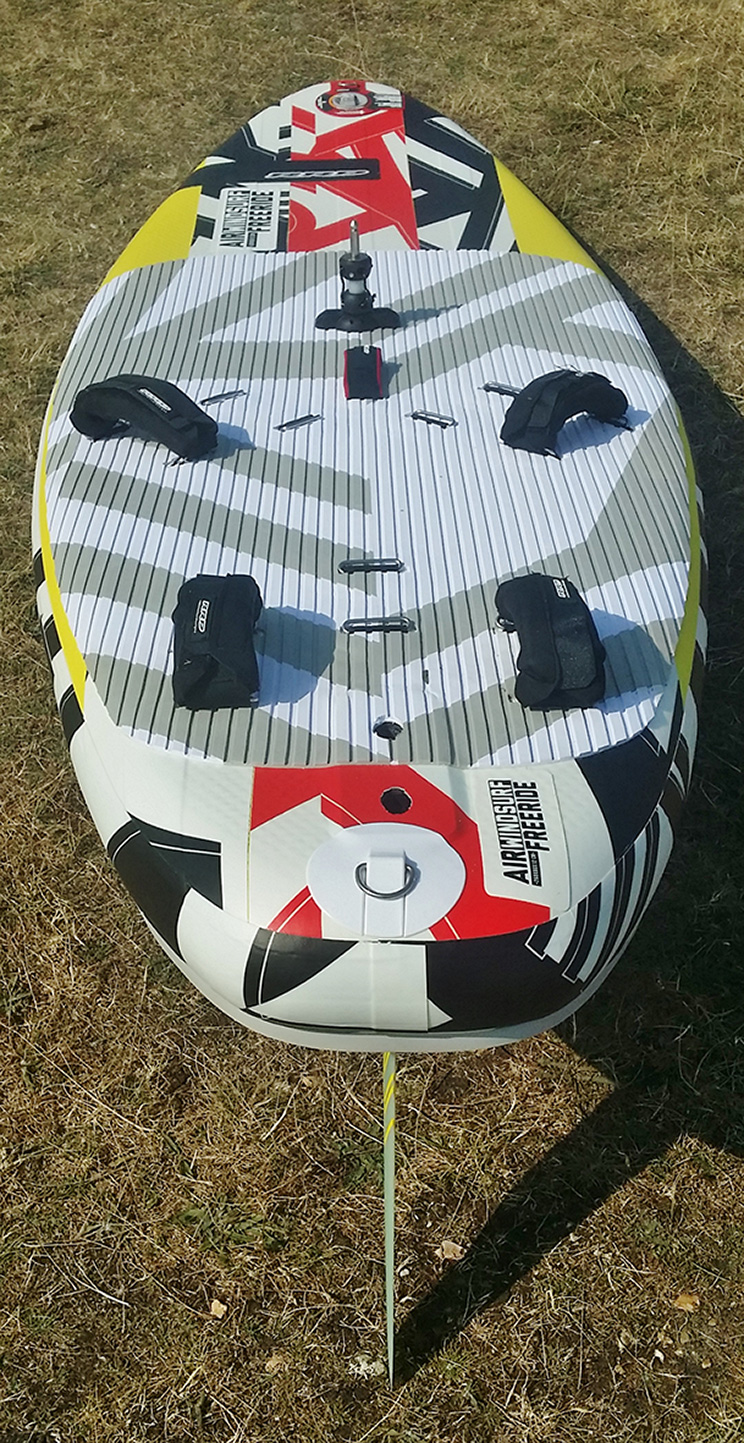
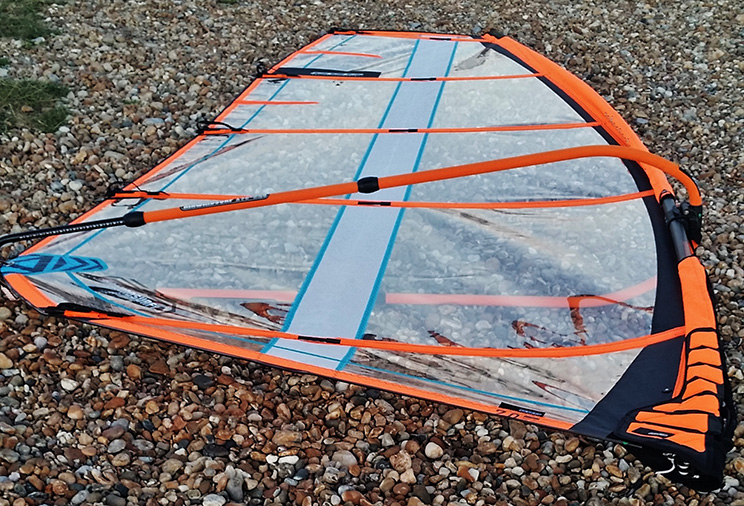
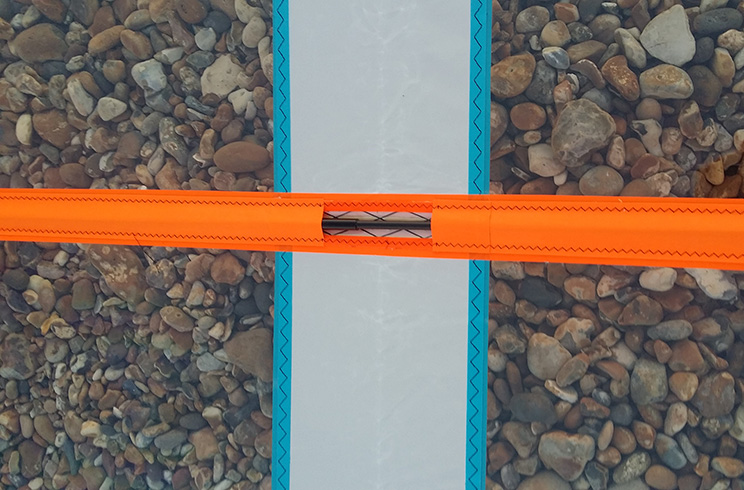
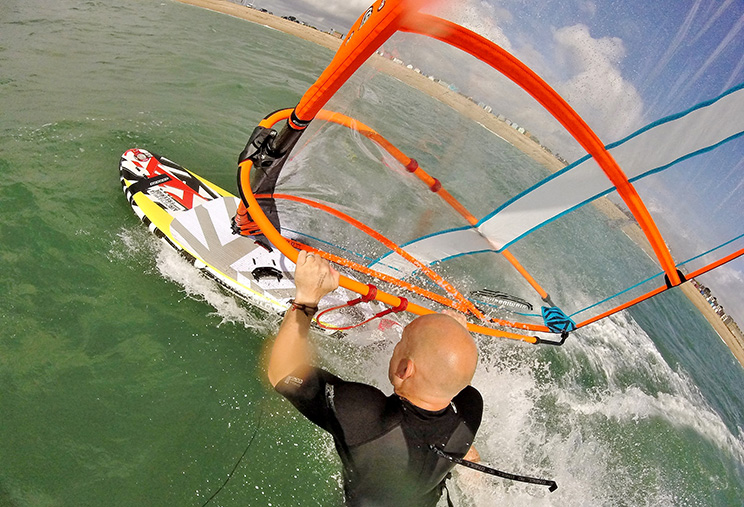
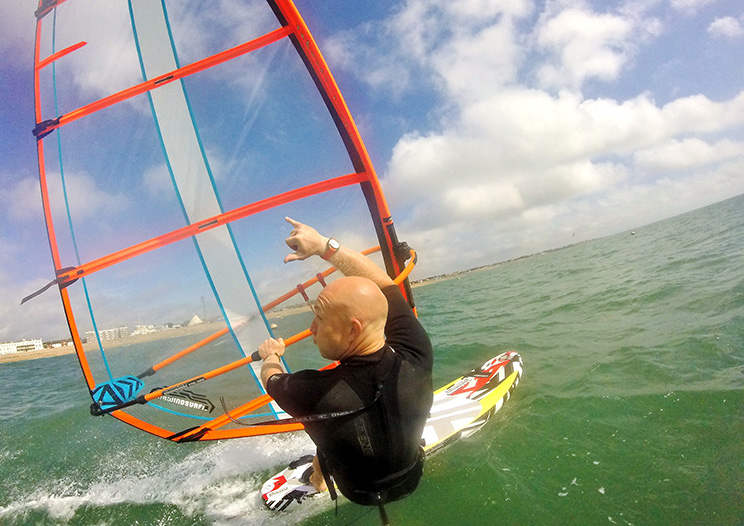
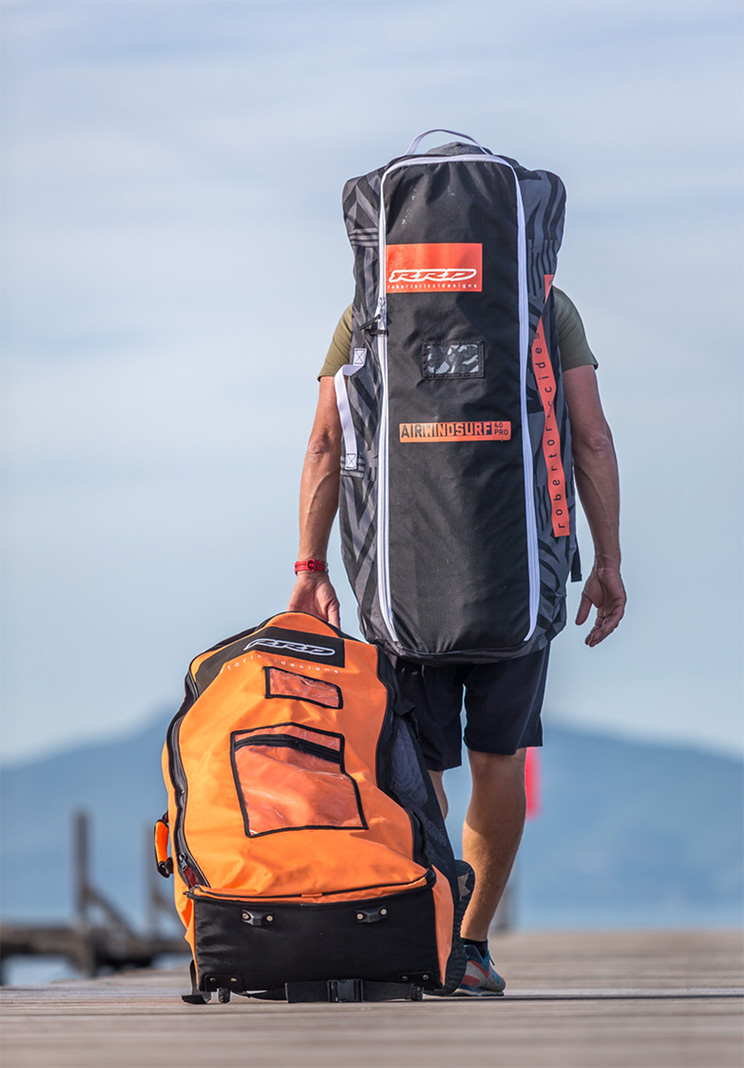
Leave a Reply